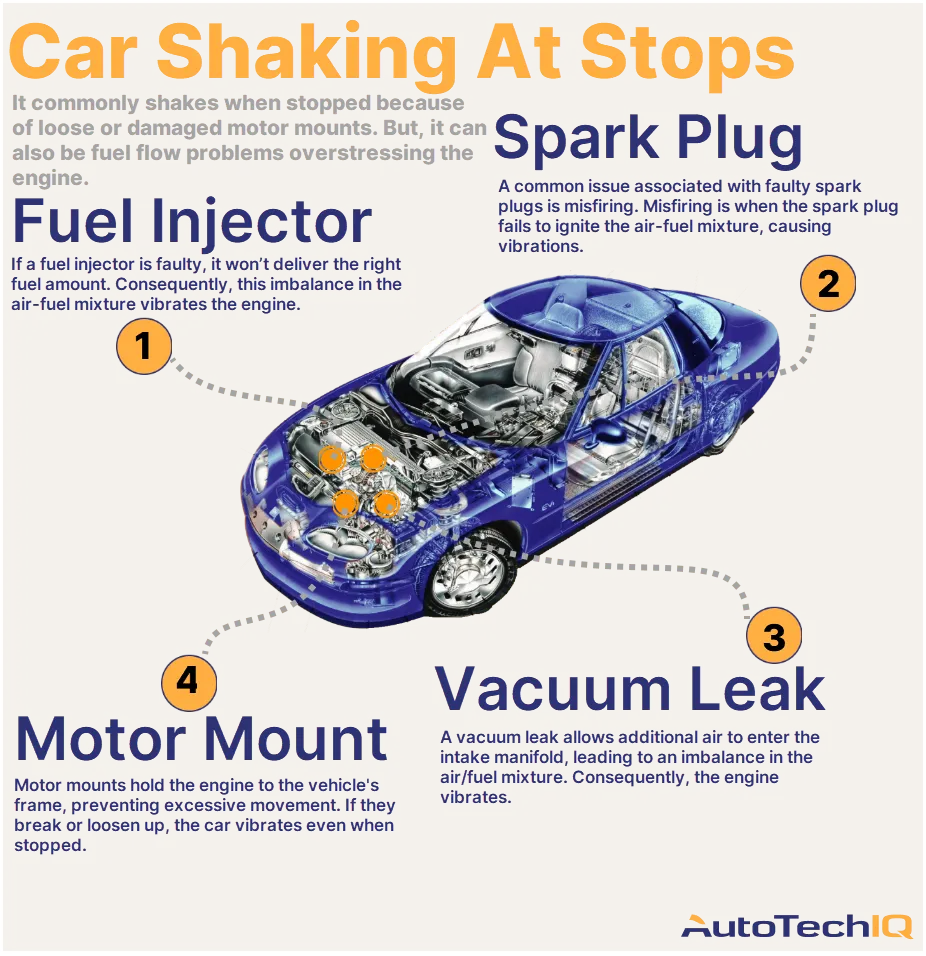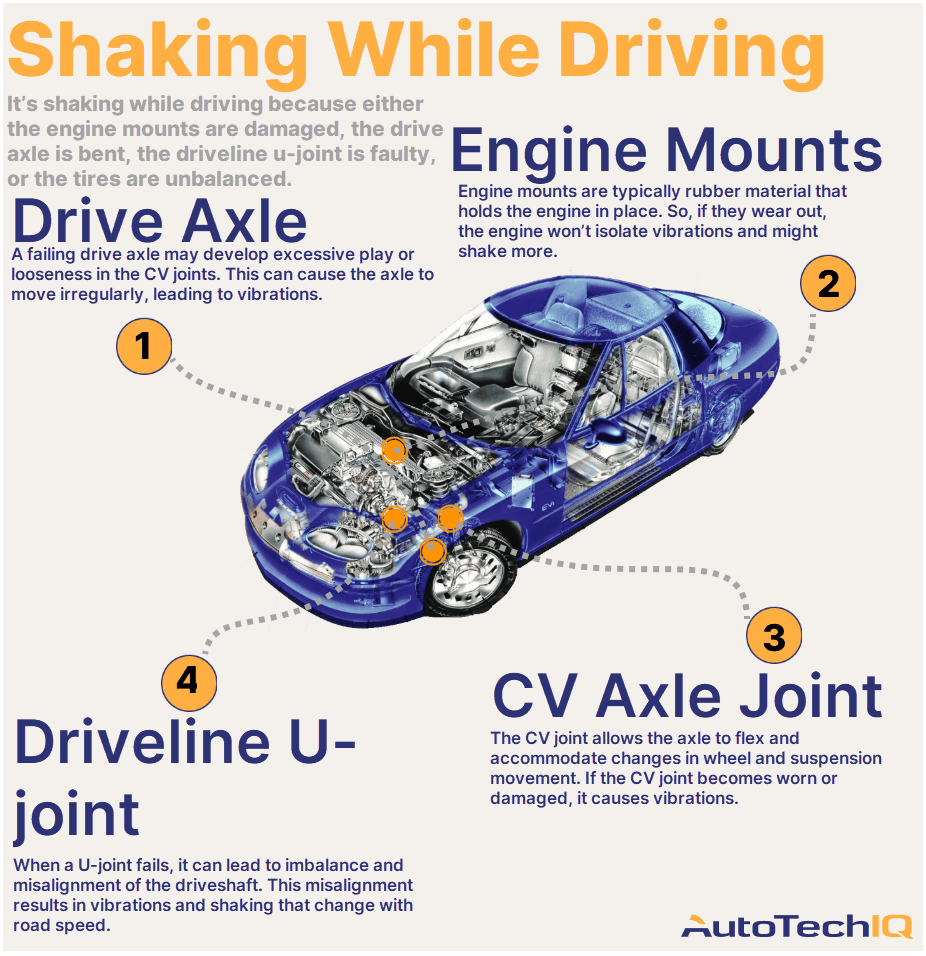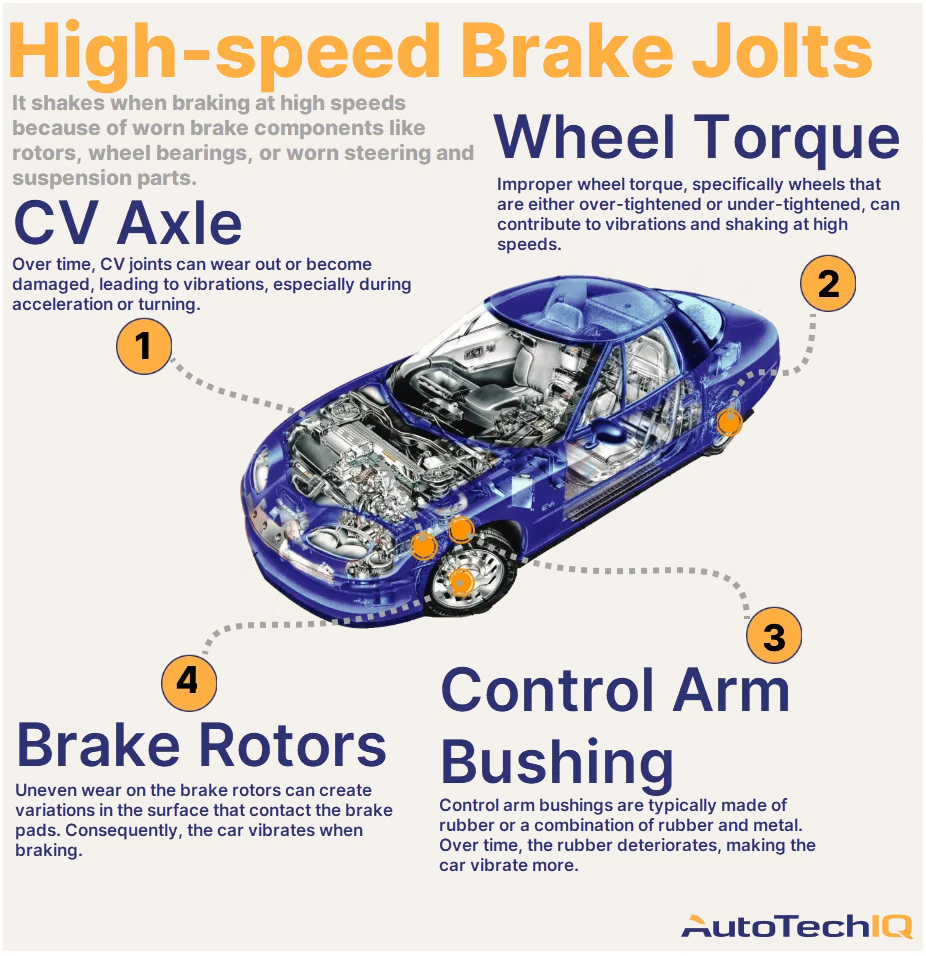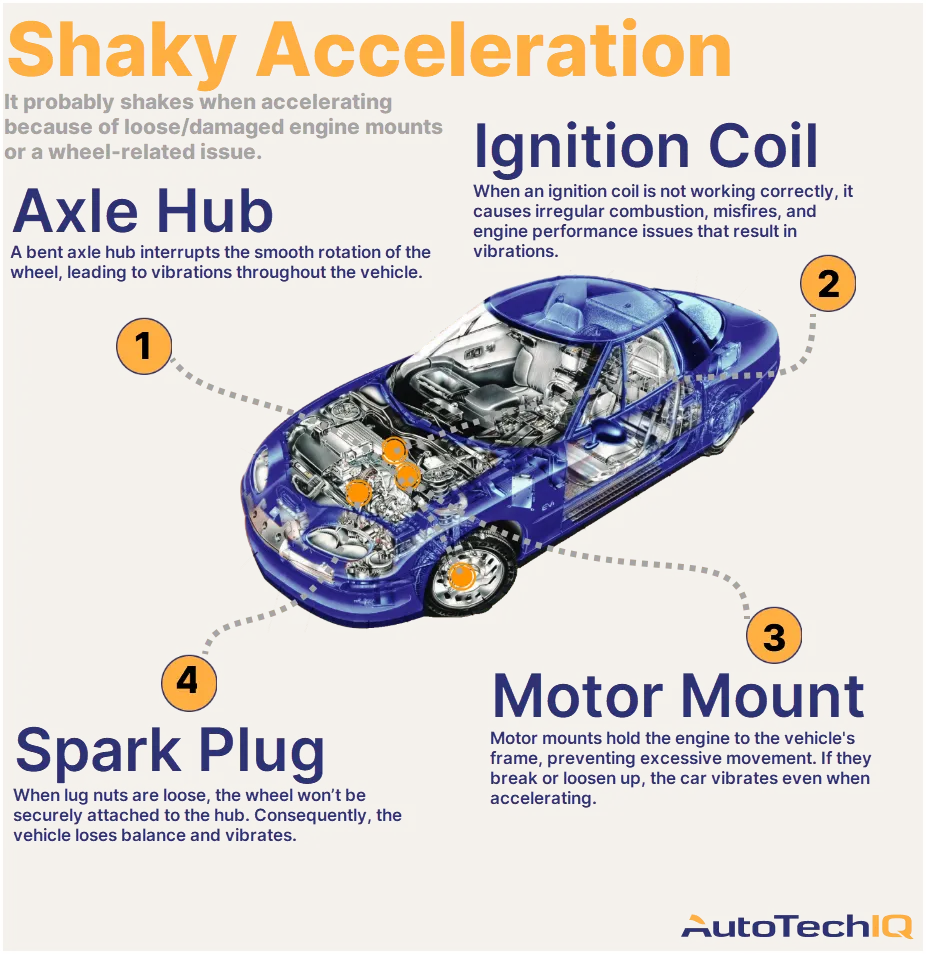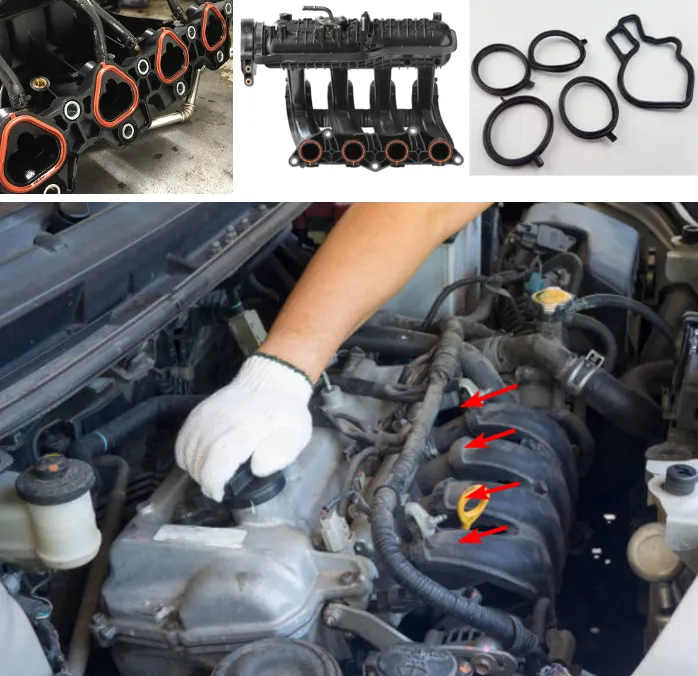
The intake manifold gasket is located in the internal combustion engine between the intake manifold and the cylinder head and serves to seal between them. The intake manifold is responsible for a balanced air-fuel mixture in the engine system. When the function of this component is disrupted, it leads to an imbalance, causing rapid engine wear, increased oil and fuel consumption without visible deviations. It is recommended to replace the intake manifold gasket in a timely manner, before obvious signs of malfunction appear.
Due to prolonged use, the gasket material ages and cracks may form. Additionally, a common cause of intake manifold gasket failure is engine overheating during vehicle operation. High temperature contributes to the rapid deterioration of the engine gasket.
Signs that you should visit a service center for a full diagnosis include:
- Unstable engine operation
- Increased fuel consumption
- Exhaust gas odor
- Loss of power
- Characteristic sound of air suction under the hood
- Gasket damage accompanied by oil or antifreeze leakage.
- Experienced mechanics at a service center can accurately determine the source of engine malfunctions.
Before replacing the gasket, try tightening the intake unit's mounting — if the gasket hasn't burnt out, the loosened mounting could be the cause of exhaust gases entering under the hood. If tightening does not help, it means the gasket has completely burnt out and needs to be replaced.
The old intake manifold gasket should be carefully removed, and the surface cleaned from old gasket material and oil.
The new intake manifold gasket should be installed in accordance with the manufacturer's recommendations, and the use of sealant may be required to ensure the connection is airtight.
In order for the new gasket to last as long as possible, before installation it is recommended to cover the product with a layer of graphite lubricant on both sides - this will extend the service life of the material, increase its tightness and help prevent the gasket from burning. The cylinder head studs should also be coated with a layer of graphite grease.
All work should be performed exclusively on a cold engine.
Always remember to check the condition of the manifold and gasket for timely replacement and to prevent potential engine problems.



